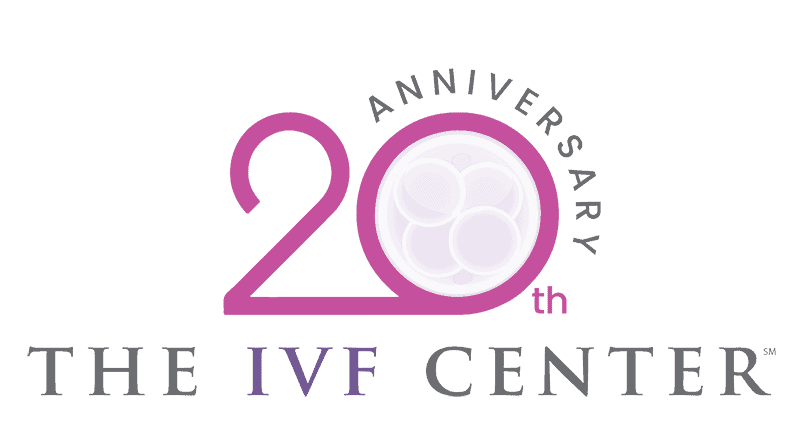
In recent years, there has been a significant increase in the number of couples facing fertility challenges. As a result, advancements in medical technology have led to the development of various assisted reproductive techniques. One such technique that has gained widespread recognition is in vitro fertilization, commonly known as IVF. The IVF Center aims to provide an in-depth understanding of what IVF means, how it works, and its implications for individuals and couples struggling with infertility.Fortunately, you have experts at The IVF Center who can help you navigate these questions.
Defining IVF
IVF, which stands for in vitro fertilization, is a reproductive technology that assists couples in achieving pregnancy when conventional methods have not been successful. The term “in vitro” translates to “in glass,” referring to the process of fertilization taking place outside the human body, specifically in a laboratory setting.
In vitro fertilization (IVF) is a remarkable advancement in the field of reproductive medicine, offering hope and the potential for parenthood to couples struggling with infertility. By understanding the process of IVF, its implications, and success rates, individuals and couples can make informed decisions about their fertility journey.

The Process of IVF
IVF involves several essential steps, beginning with the stimulation of the ovaries to produce multiple eggs. The woman undergoing the procedure receives fertility medications to stimulate egg production. During this phase, regular monitoring and hormone level assessments are conducted to determine the optimal time for egg retrieval.
The next step is the retrieval of eggs, which is performed under mild sedation. A thin needle is used to extract the eggs from the ovaries, guided by ultrasound imaging. The eggs are then transferred to a laboratory for fertilization.
In the laboratory, the collected eggs are combined with sperm from the partner or a donor. This process is known as insemination. Alternatively, a more advanced technique called intracytoplasmic sperm injection (ICSI) may be used, which involves injecting a single sperm directly into each egg.
Once fertilization occurs, the resulting embryos are cultured in a controlled environment for several days, typically between three to five. This allows the embryos to develop and grow. During this period, they are regularly monitored for quality and viability.
The IUI procedure is performed in the office and takes about 5-10 minutes involving minimal to no discomfort.
Embryo Transfer and Implantation
After the culture period, one or more of the resulting embryos are selected for transfer back into the woman’s uterus. This process is typically performed using a thin catheter guided by ultrasound. The number of embryos transferred is determined based on several factors, including the woman’s age, the quality of the embryos, and any previous unsuccessful attempts.
Following the embryo transfer, the woman enters a waiting period to determine if implantation occurs. This waiting period, often referred to as the “two-week wait,” can be filled with anticipation and hope for a positive pregnancy outcome. A blood test is conducted to measure the levels of pregnancy hormone, human chorionic gonadotropin (hCG), which confirms whether the procedure was successful.
Implications and Success Rates
IVF offers hope to couples struggling with infertility, but it is not a guarantee of pregnancy. Success rates vary depending on numerous factors, including the woman’s age, the quality of eggs and sperm, the fertility clinic’s expertise, and any underlying health conditions. It is important to note that multiple cycles of IVF may be necessary before achieving a successful pregnancy.
Moreover, IVF raises ethical and social considerations. It can be an emotionally and physically demanding process for individuals and couples. Additionally, decisions regarding the number of embryos to transfer and the potential for multiple pregnancies require careful consideration and discussion.
IVF has also given rise to discussions around topics such as egg and sperm donation, surrogacy, and the freezing of embryos for future use. These complex issues require thoughtful reflection and consideration of personal beliefs and values.
While IVF is not without its challenges and ethical considerations, it has revolutionized the way we approach fertility treatments. With ongoing advancements in technology and medical research, IVF continues to evolve, providing new opportunities for those desiring to start or expand their families.






